On this page, you can expect to find a comprehensive genetics vocabulary list. There are links to games, flashcards, and other resources to help you study and learn the terms related to this subject. Dive into the world of genetics with these helpful tools at your disposal.
Genetics is the study of genes, heredity, and genetic variation in living organisms. It plays a crucial role in understanding how traits are passed down from one generation to the next. By analyzing DNA sequences, scientists can determine the genetic factors that contribute to certain diseases, behaviors, and physical characteristics. This field of study has led to groundbreaking discoveries in medicine, agriculture, and evolutionary biology, shaping our understanding of the fundamental building blocks of life.
Practice & Reinforce Your Learning
Genetics Vocabulary List
Molecular Genetics
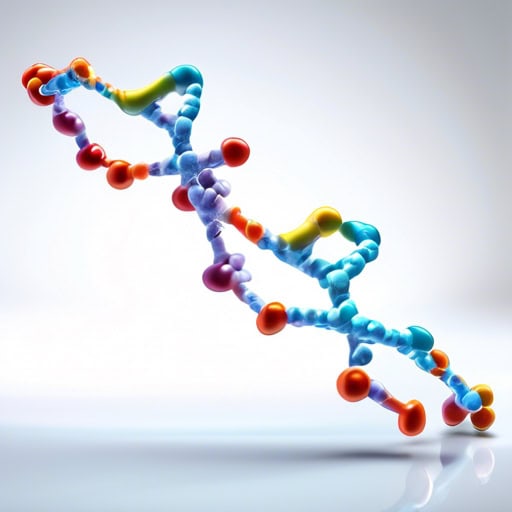
- RNA is transcribed from DNA and serves as a template for protein synthesis in the cell.
- Certain types of RNA, such as microRNAs, play a crucial role in gene regulation and can influence various biological processes.
- RNA molecules are involved in cell signaling pathways that help coordinate different cellular activities.
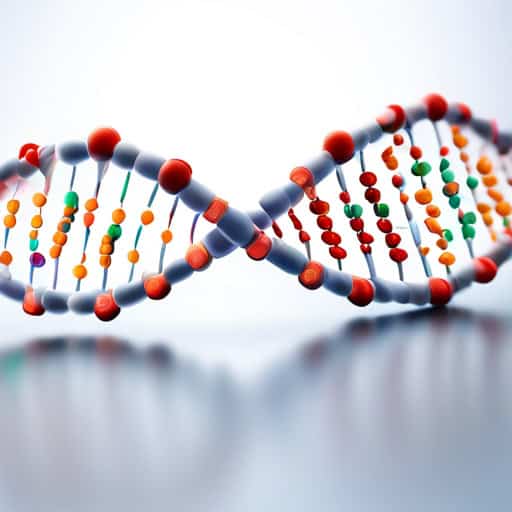
- The doctor explained that the faulty gene was responsible for the rare genetic disorder.
- Genetic testing revealed a mutation in the gene associated with increased risk for breast cancer.
- Researchers are studying how certain genes are regulated to better understand their role in disease development.
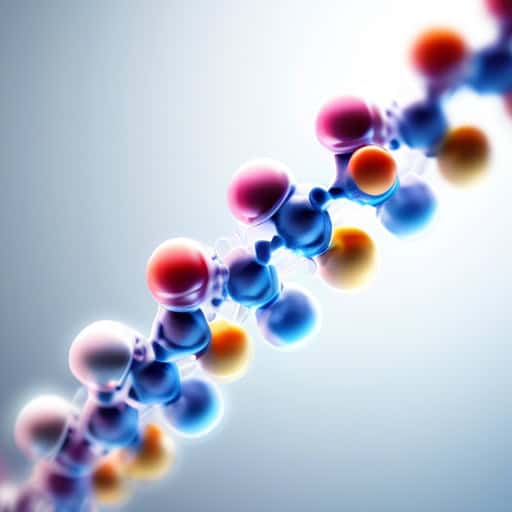
- A mutation in the BRCA1 gene can increase the risk of developing breast cancer.
- Scientists are studying a rare genetic mutation that causes a specific type of muscular dystrophy.
- The mutation in the hemoglobin gene leads to sickle cell anemia, a serious blood disorder.
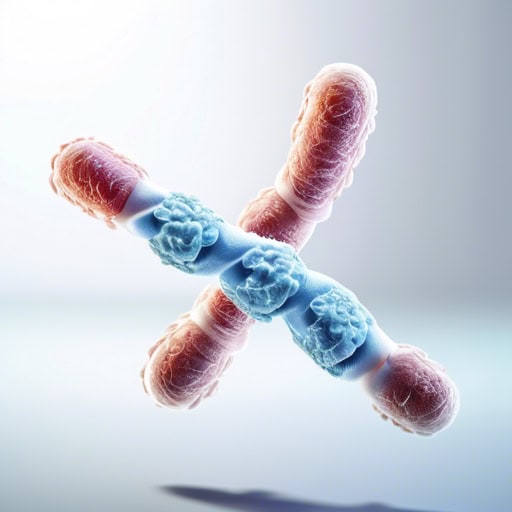
- Each human cell contains 23 pairs of chromosomes.
- Genetic disorders can be caused by abnormalities in chromosomes.
- During cell division, chromosomes replicate and separate into two daughter cells.
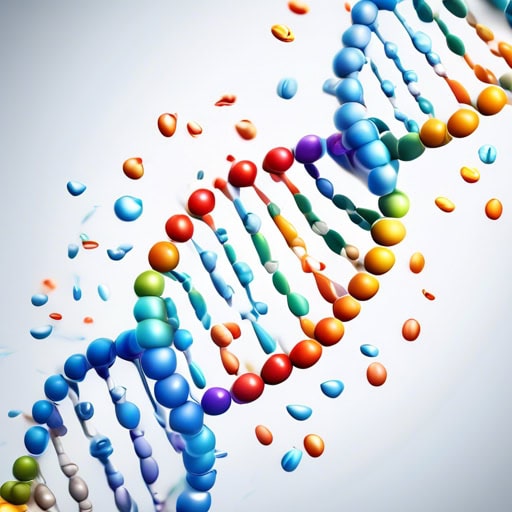
- The genetic code is the blueprint that dictates how our cells function and develop. Understanding the genetic code is crucial in unraveling the mysteries of inherited traits and diseases. Scientists are constantly studying the genetic code to unlock the secrets of life itself.

- The DNA molecule is composed of a long chain of nucleotides.
- Each nucleotide in RNA contains the sugar ribose.
- Adenine, guanine, cytosine, and thymine are the four nitrogenous bases found in nucleotides.
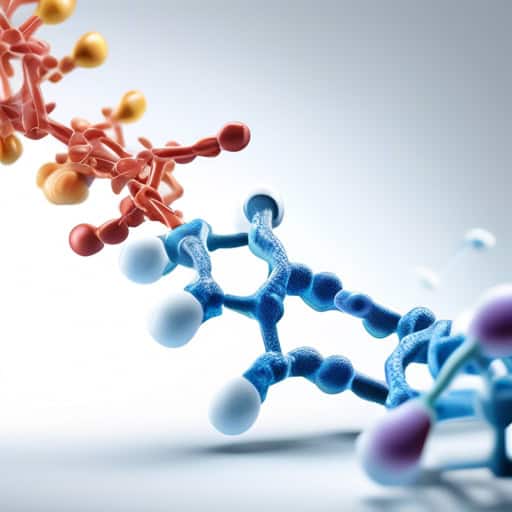
- Proteins are essential for building muscle and repairing tissues in the body.
- It is important to consume enough protein in your diet to support overall health and well-being.
- Athletes often rely on protein supplements to help meet their increased protein needs for muscle recovery and growth.
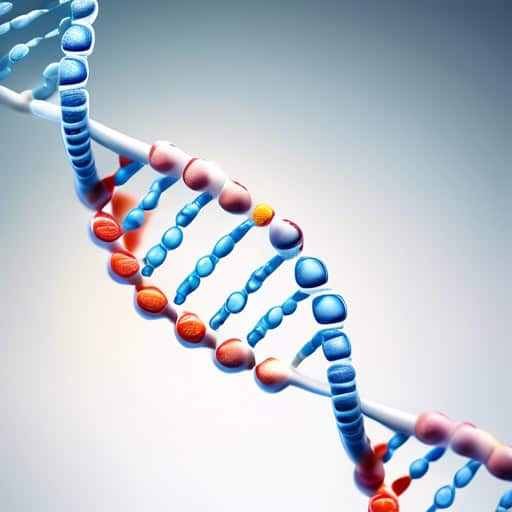
- Scientists are studying the DNA of the ancient bones to learn more about our ancestors.
- The suspect left behind a hair sample, which was later matched to his DNA.
- Genetic testing revealed a rare mutation in her DNA that explained her unique medical condition.
Population Genetics
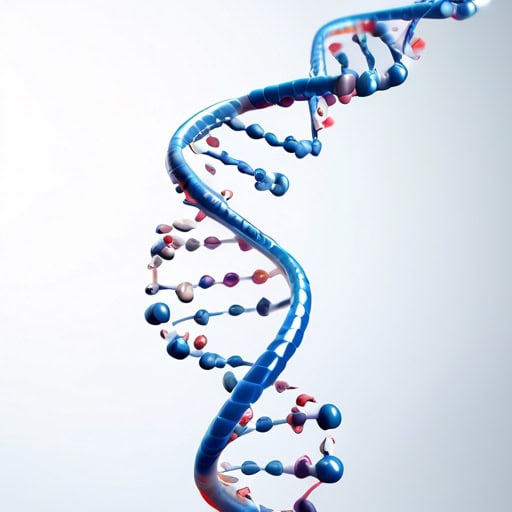
- Gene flow between the two populations has resulted in increased genetic diversity and decreased genetic differentiation.
- The introduction of gene flow from a neighboring population has led to the spread of advantageous traits within our population.
- Isolation of populations can limit gene flow, resulting in genetic divergence and potentially leading to speciation.

- The study of evolutionary forces helps us understand how species adapt to changing environments.
- Genetic drift is one of the evolutionary forces that can lead to random changes in allele frequencies within a population.
- Mutation is another important evolutionary force that introduces genetic variation and drives the process of evolution.
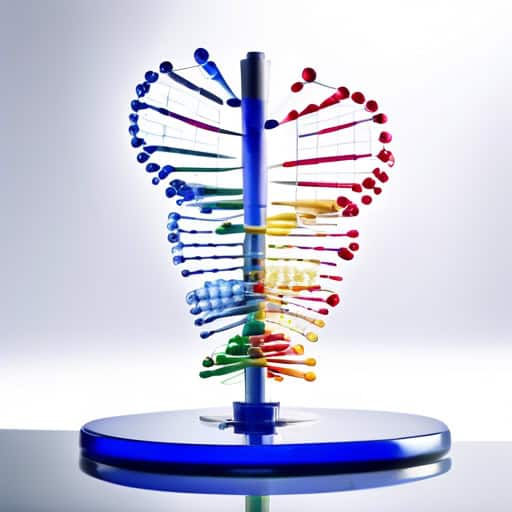
- The population studied was found to be in Hardy-Weinberg equilibrium, as the allele frequencies remained stable over multiple generations.
- Genetic drift and natural selection can disrupt the Hardy-Weinberg equilibrium in a population.
- Researchers use the Hardy-Weinberg equilibrium as a null hypothesis to test for evolutionary changes in populations.

- Genetic variation plays a crucial role in natural selection and the survival of species.
- Mutations are a common source of genetic variation, creating new alleles and genotypes.
- Genetic variation can be influenced by factors such as gene flow and genetic drift.
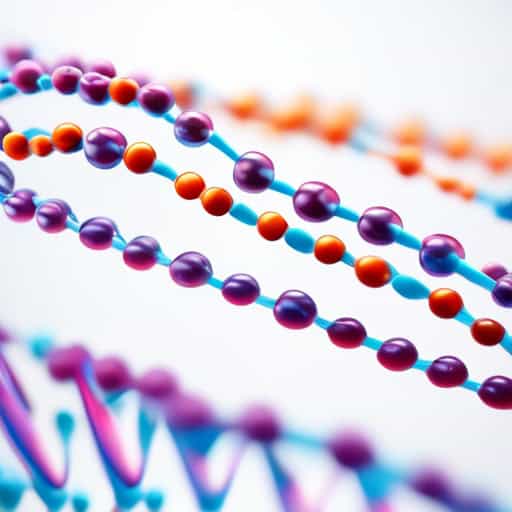
- The allele frequency of the dominant allele in the population was found to be 0.6.
- Researchers studied the allele frequency of a particular gene to determine its impact on a specific trait.
- Changes in allele frequency over time can indicate evolutionary processes at work within a population.
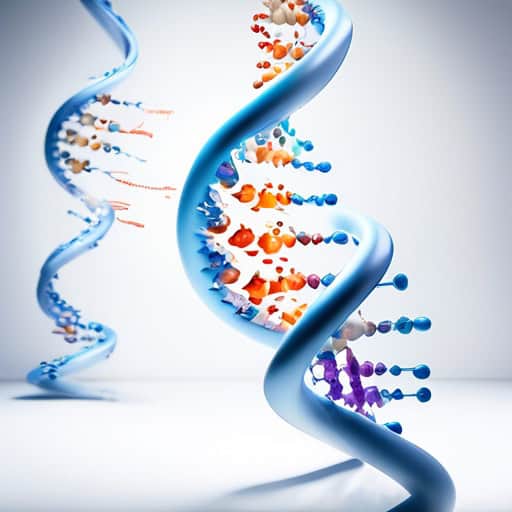
- Genetic drift can have a significant impact on small populations, causing certain alleles to become more or less common purely by chance.
- In some cases, genetic drift can lead to the fixation of a particular allele, ultimately reducing genetic variation within a population.
- Over time, genetic drift can result in the loss of beneficial alleles, potentially reducing the overall fitness of a population.

- Population genetics is used to analyze the genetic diversity within a group of individuals to understand how evolution has shaped their genetic makeup.
- Researchers in population genetics study the frequency of alleles and genotypes within a population to better understand how genetic variation affects evolution.
- The field of population genetics helps us understand how different factors, such as natural selection and genetic drift, influence the distribution of genetic traits within a population.
Medical Genetics

- The genetic counselor created a detailed pedigree to help the family understand their risk for inheriting a rare genetic disorder.
- The pedigree revealed a pattern of inheritance that suggested an autosomal dominant trait.
- Studying the pedigree allowed researchers to identify the gene responsible for the family's medical condition.
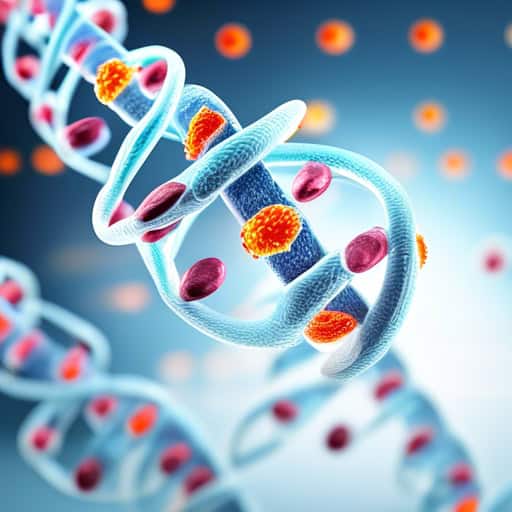
- Gene therapy has shown promising results in treating genetic disorders such as cystic fibrosis.
- Researchers are exploring the potential of gene therapy to cure diseases like cancer.
- The future of medicine may rely heavily on advancements in gene therapy technology.
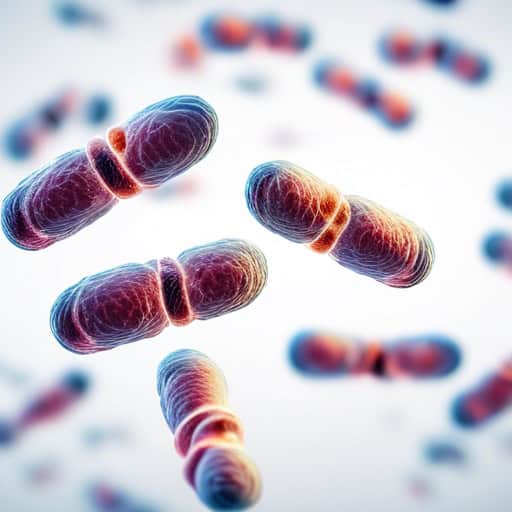
- During cell division, chromosomes condense and become visible under a microscope.
- Genetic disorders can occur when there is an abnormal number of chromosomes in a cell.
- Humans typically have 46 chromosomes, arranged in 23 pairs.

- Genetic testing can help identify genetic disorders or risk factors for certain diseases.
- Many individuals choose to undergo genetic testing to better understand their health and make informed decisions about their medical care.
- The results of genetic testing can provide valuable information for healthcare providers to personalize treatment plans and recommendations.

- A mutation in the BRCA1 gene can increase the risk of developing breast cancer.
- Scientists are studying a rare genetic mutation that causes a specific type of muscular dystrophy.
- The doctor explained that the mutation in the patient's genetic code was responsible for their rare disorder.

- The phenotype of the plant included large, vibrant flowers and thick, green leaves.
- Despite having the same genotype, the twins displayed different phenotypes due to environmental factors.
- The scientist studied the phenotype of the fruit fly to understand how genetic mutations manifest in physical traits.
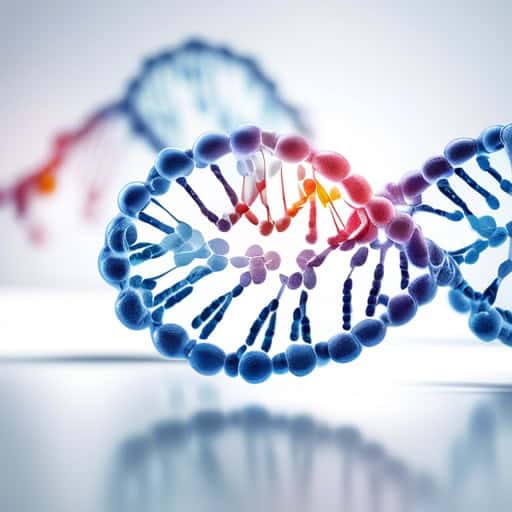
- Her genotype determined her susceptibility to certain diseases.
- The researchers analyzed the genotype of each participant to determine their risk factors.
- The unique genotype of each individual contributes to their physical characteristics and health outcomes.

- Hereditary diseases can be passed down through generations as a result of genetic inheritance.
- Genetic counselors can help families understand the risks associated with their inheritance patterns.
- In some cases, genetic testing can provide valuable information about a person's risk of inheriting a specific condition.
Evolutionary Genetics

- Evolution is a fundamental concept in biology that explains how species adapt and change over time.
- The study of evolution has led to many breakthroughs in our understanding of genetics and the diversity of life on Earth.
- Darwin's theory of evolution by natural selection revolutionized the field of biology and continues to be a cornerstone of modern science.
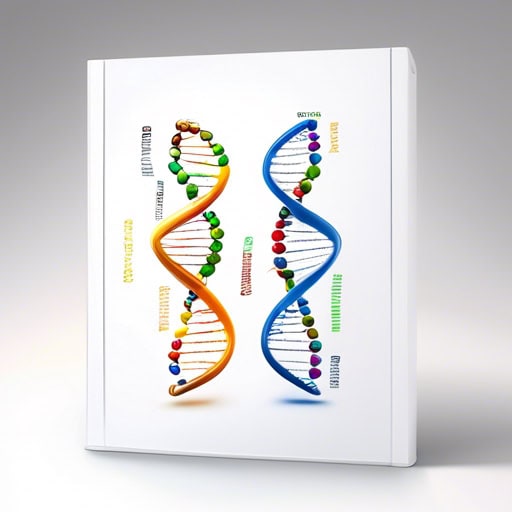
- Evolutionary Genetics explores the role of genetics in shaping the diversity of life on Earth.
- Researchers use Genetics to understand how populations change over time due to genetic mutations and natural selection.
- The field of Genetics plays a crucial role in unraveling the mysteries of evolution and the history of life on our planet.

- In the theory of evolution, natural selection is a key mechanism that drives the adaptation of species over time.
- Natural selection favors traits that increase an organism's chances of survival and reproduction in a particular environment.
- The concept of natural selection was first proposed by Charles Darwin in his book "On the Origin of Species."

- A mutation in the DNA of the bacteria allowed it to become resistant to the antibiotic.
- Scientists are studying the effects of a specific mutation that causes a rare genetic disorder.
- The mutation in the plant's genes resulted in a unique flower color that had never been seen before.

- The rapid adaptation of the species to its changing environment allowed it to thrive in new conditions.
- The study focused on the genetic basis of adaptation in response to environmental pressures.
- Adaptation plays a crucial role in the survival and evolution of species over time.
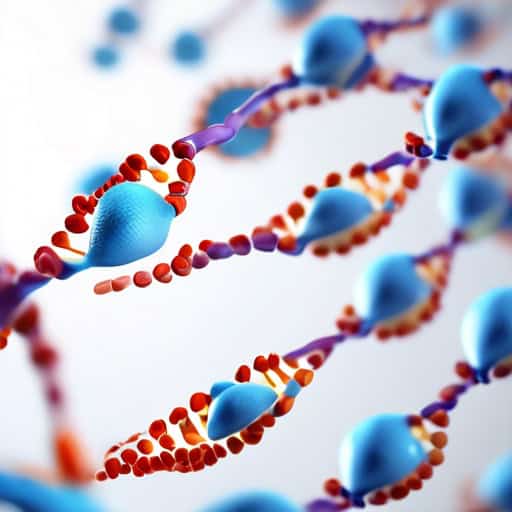
- Researchers use population genetics to study how genetic diversity within a population can impact its ability to adapt to changing environments.
- Population genetics helps us understand how different factors like migration and mutation can influence the genetic makeup of a population over time.
- By studying population genetics, scientists can gain insights into the evolutionary history and dynamics of a species.
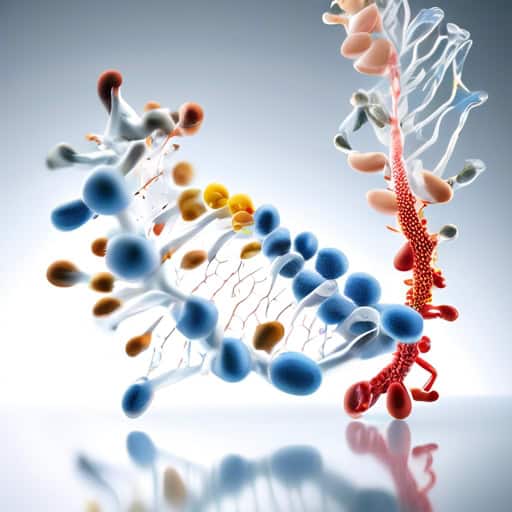
- The gene flow between the two populations has resulted in a more diverse gene pool.
- Gene flow can help prevent inbreeding and increase the overall fitness of a population.
- The high rate of gene flow between the isolated islands has led to a reduction in genetic differentiation.

- Phylogenetics is a powerful tool for understanding the evolutionary history of species.
- Researchers use phylogenetics to trace the relationships between different organisms.
- By analyzing genetic data, scientists can uncover the intricate patterns of evolution through phylogenetics.
Behavioral Genetics

- The color of a flower is a phenotype determined by the genes inherited from its parent plants.
- The height of a person is a phenotype influenced by both genetic factors and nutrition during childhood.
- The shape of a bird's beak is a phenotype that can be passed down through generations.

- Twin studies have been a valuable tool in understanding the role of genetics in behavior.
- Researchers use twin studies to determine the heritability of certain traits.
- By comparing identical twins to fraternal twins, scientists can tease apart the influence of genetics versus environment on various behaviors.
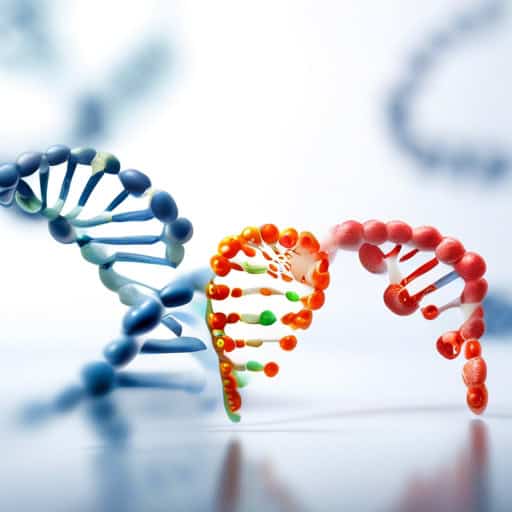
- The study found that certain individuals have a predisposition for anxiety disorders due to gene-environment interactions.
- Researchers are exploring how gene-environment interactions influence the development of chronic diseases.
- Understanding gene-environment interactions is crucial for personalized medicine and targeted interventions.

- His aggressive nature and tendency to take risks are clear examples of inherited behavioral traits.
- The study of behavioral traits in twins has shown that genetics play a significant role in determining personality characteristics.
- Certain behavioral traits, such as shyness or impulsivity, can be influenced by a combination of genetic and environmental factors.

- Polygenic traits, such as height and intelligence, are determined by the interaction of multiple genes.
- Researchers are still trying to untangle the complexities of polygenic inheritance in various human behaviors.
- Understanding the polygenic nature of certain traits can help predict an individual's risk for certain diseases.

- The heritability of intelligence has been a topic of much debate among researchers in the field of psychology.
- Studies have shown that the heritability of certain personality traits can vary depending on the population being studied.
- Understanding the heritability of certain diseases can help medical professionals better predict and prevent them in at-risk individuals.
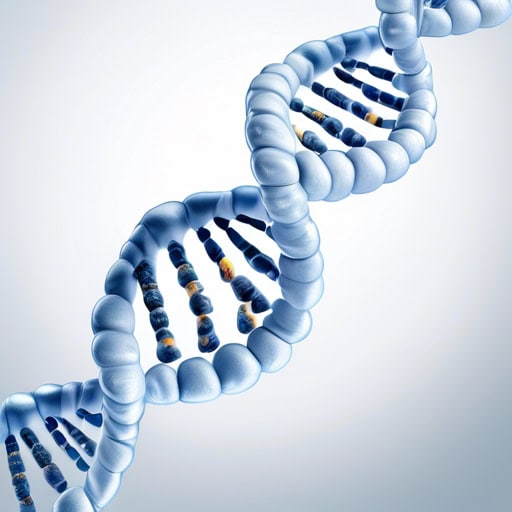
- Her genotype determined her susceptibility to certain diseases.
- The scientist analyzed the genotype of the test subjects to understand the genetic basis of their behavior.
- A person's genotype can be influenced by both inherited genes and environmental factors.
Epigenetics
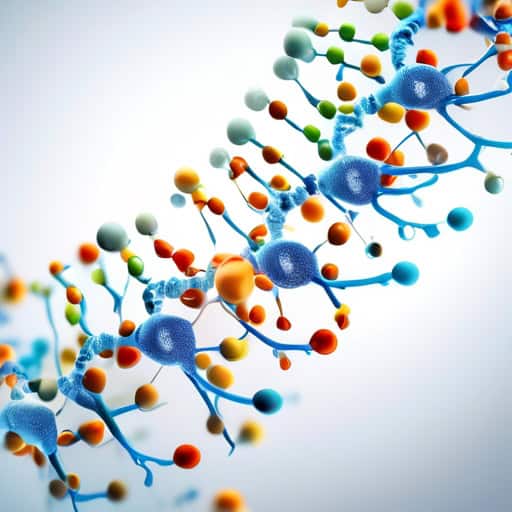
- Epigenetics plays a crucial role in determining how genes are expressed in response to various environmental influences.
- Research in epigenetics has shown that lifestyle choices, such as diet and exercise, can have a profound impact on our genetic expression.
- Understanding epigenetics is essential for developing personalized treatments and interventions for complex diseases.
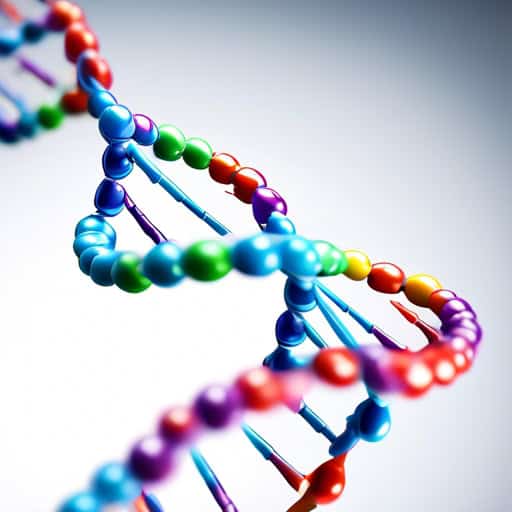
- DNA methylation plays a crucial role in regulating gene expression by silencing certain genes.
- Researchers are studying the effects of DNA methylation on various diseases, such as cancer.
- Environmental factors can influence DNA methylation patterns, leading to changes in gene activity.
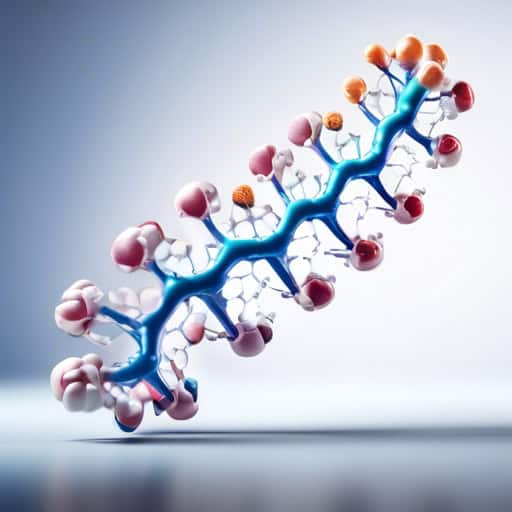
- Histone modification plays a crucial role in regulating gene expression by altering the accessibility of DNA to transcription factors.
- Researchers are studying the effects of histone modification on various diseases, such as cancer and neurodegenerative disorders.
- Epigenetic changes, including histone modification, can have long-lasting effects on cellular function and development.
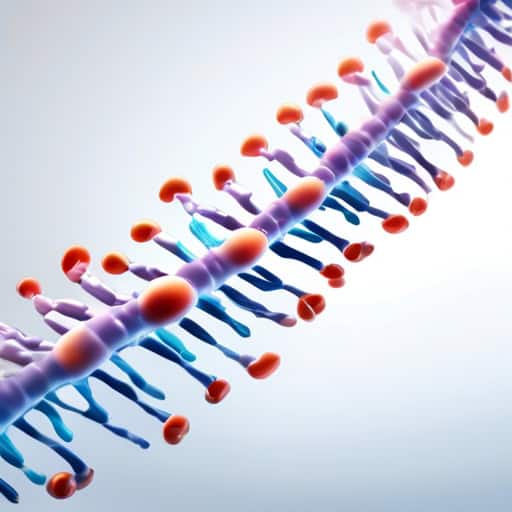
- Gene expression can be influenced by various factors, such as environmental conditions and hormonal signals.
- Mutations in genes can lead to dysregulation of gene expression, resulting in diseases like cancer.
- Researchers are studying the mechanisms of gene expression to better understand how cells function and develop.
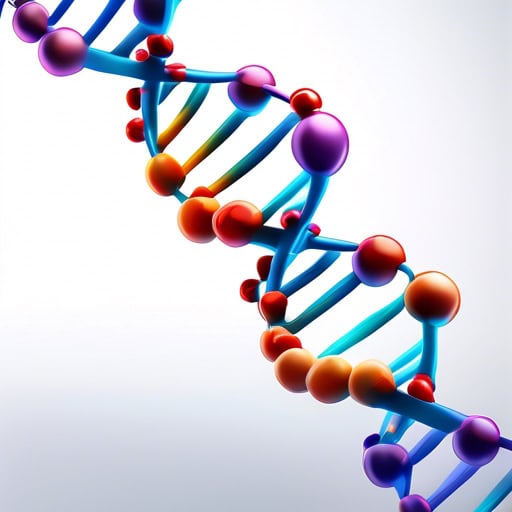
- The study of the epigenome has helped researchers understand how environmental factors can impact gene expression.
- Changes in the epigenome can play a role in the development of certain diseases.
- Scientists are still unraveling the complexities of the human epigenome and its influence on health and disease.
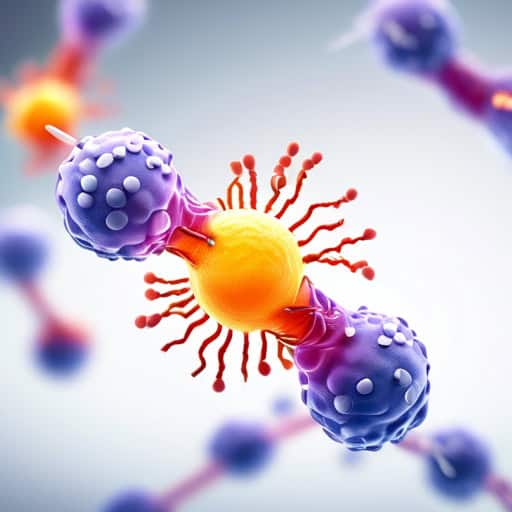
- Chromatin remodeling is a crucial process in regulating gene expression and cell differentiation.
- Mutations in genes involved in chromatin remodeling have been linked to various diseases, including cancer.
- Researchers are actively studying the mechanisms behind chromatin remodeling to better understand its impact on cellular functions.
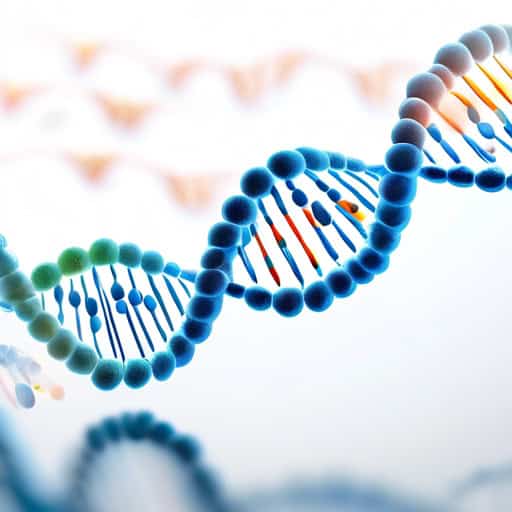
- Epigenetic inheritance plays a crucial role in passing down traits from one generation to the next.
- Scientists are still studying the mechanisms behind epigenetic inheritance and its impact on overall health.
- Recent research suggests that epigenetic inheritance may be influenced by environmental factors.
Quick Facts
- Genetics is the study of genes, heredity, and variation in living organisms.
- Each human cell contains about 25,000 to 35,000 genes, which determine our physical characteristics.
- Genes are made up of DNA, a molecule that carries the instructions for building and maintaining an organism.
- Genetic mutations can occur spontaneously or be inherited, leading to genetic disorders such as cystic fibrosis and sickle cell anemia.
- The field of epigenetics studies how environmental factors can influence gene expression without changing the DNA sequence.
